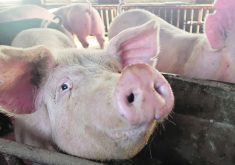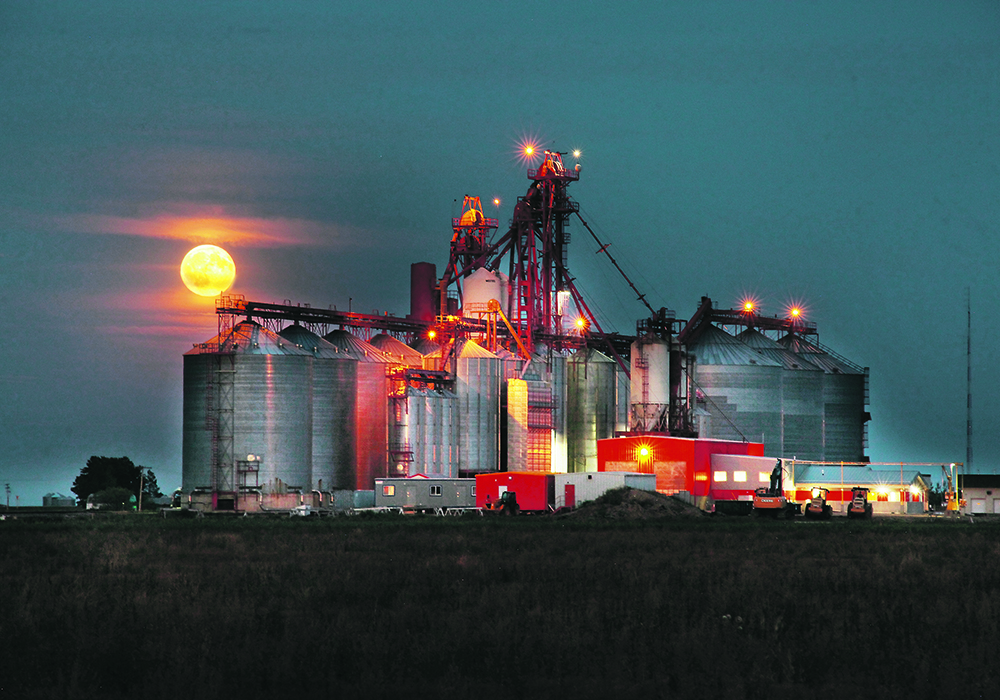My 12-year-old just got a bank account.
It was a big and exciting day for her. The man at the bank was very nice and explained how everything works.
She got to make a deposit with a teller. She learned how to use the ATM.
For her, it was exciting, but there wasn’t much drama about it for anybody else. For the bank, it was a run-of-the-mill event on a run-of-the-mill day.
That’s how banking should be: boring, dull, unexciting.
Read Also

Ukraine may disrupt wheat market
The EU is curtailing its wheat imports, forcing Ukraine to find new markets at a time of stagnating demand.
In San Francisco, we’re seeing what happens when banking gets exciting. A bank run pushed Silicon Valley Bank into bankruptcy in a matter of hours, creating one of the biggest bank failures in United States history.
The cause is something almost all farmers have stitched into the fabric of their operations: duration risk.
Silicon Valley Bank destroyed itself by investing much of its capital in long-term government bonds and other debt instruments. When the Federal Reserve Bank began aggressively raising rates a year ago, the value of those long-term assets plunged. Since those are the assets that back the deposit obligations the bank carries, when their value falls too much, the bank ends up with not enough collateral to cover all deposits — if those deposits are withdrawn before they regain their value or reach maturity.
Depositors got rattled, rushed to pull out their money and the bank collapsed. In a matter of hours US$42 billion was withdrawn. The bank gambled that its gains on long-term assets would compensate for the risk it was taking with its short-term liabilities. That turns out to have been a bad gamble with duration risk.
Most farmer-hedging situations deal with this risk. Farmers take on long-term liabilities with every crop, something they invest huge amounts of money in months before the crop is harvested. The future value of the crop might appear to be adequate to cover the operating and input costs at the time the inputs are purchased and expenses incurred, but the value of the harvested crop can fall before it can be sold.
This is why most farm marketing advisers counsel farmers to forward price increments of their crops as more and more of their production appears to be secure. It’s not safe to lock up 100 percent of expected production (due to production risk) but with a steadily higher proportion of the coming crop priced, exposure to incurred expenses can be reduced.
This is hedging without speculating on the future direction of prices. It’s boring, unexciting. It’s risk management. Done right, it’ll keep most farmers out of trouble so long as they get a crop.
Clearly, there was something wrong in the risk management program of Silicon Valley Bank. Somebody wasn’t taking duration risk seriously, or was simply gambling, which isn’t risk management at all.
Providing financial services for high-tech startups in San Francisco isn’t much like farming on the western Canadian plains.
But when it comes to risk management, it isn’t much different. The biggest difference here is that most farmers appear to be doing a better job of it than the people running the bank.


















